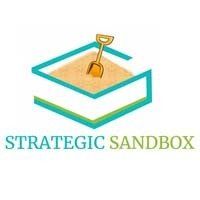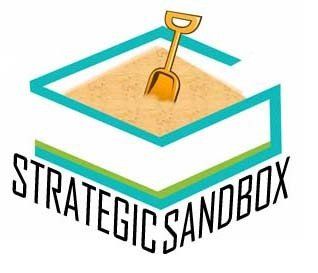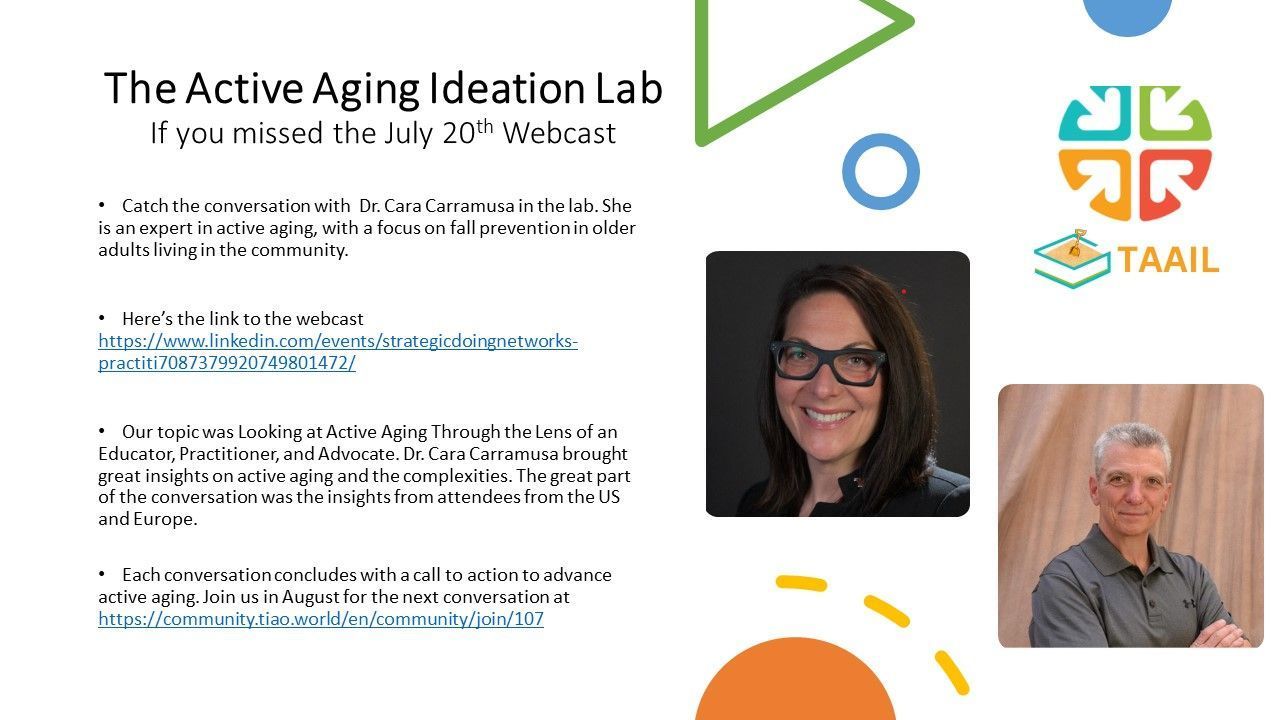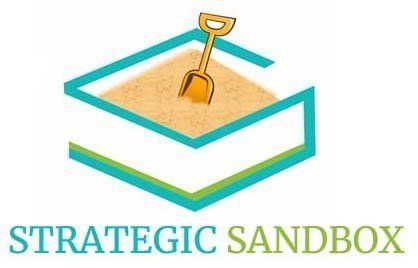Bringing Horizontal Thinking into You Strategic Thinking
Strategic Doing Practitioner Course Can Teach You More!

Tom Kelly, Founder of IDEO, states that there are one of two types of thinkers relative to problem-solving and strategy. Both styles are needed. Sector experts in any discipline are good vertical thinkers. Vertical thinkers are more hierarchal in their approach. They are concerned with solving the problem and drilling deep into things. While horizontal thinkers are idea-driven. It is about investigating wider, not deeper. They are concerned with what could be. Horizontal thinkers are more about envisioning, and thinking outside of the box, and are the creatives.
Over these past few years of living with COVID in the skilled nursing industry, working to keep residents and staff safe, especially early on when no one really understood COVID, forced even the most horizontal, creative thinker into a siloed, vertical way of thinking and operating. I experienced this personally. It continues today as we work to overcome the unrelenting challenges with staffing and census. COVID is forcing many industries, especially skilled nursing to rethink their operations.
Much of how we work to address these complexities is through strategic planning, which is typically hierarchal, with the strategies formulated at the top of the organization by a group of people that are more vertical or siloed in their thinking. Action plans are delegated to the lower ranks to be implemented in a very infinite manner.
While strategic planning may benefit in certain areas from hierarchal/vertical thinking to drive the larger picture of partnerships, expansion, and acquisitions, for example, there is a question. How do significant strategic objectives benefit from horizontal thinking driven by the creatives throughout your organization? Simon Sinek said it best in a recent Twitter post, “in weak companies, the dreamers are expected to serve the planners. In great companies, the dreamers and planners are inspired to work together.” That suggests integrating vertical thinkers with horizontal thinkers to drive strategy in networks. Networks that are crosscutting at various levels, and functions of your chain of command to include your staff as well as other stakeholders. These stakeholders may include your customers, board members, and community partners that have an equal voice in strategic action planning.
As we explore strategies to jump into new ways of thriving post-COVID, shifting the lens that COVID cast on some of our thinking styles to look once again beyond our four walls and think wider, more horizontally is important! As well as looking at how we develop strategic planning that integrates a network of horizontal and vertical thinkers to drive deeper, more creative, and inclusive action planning. It is especially key in how we effectively work to redefine our organization’s purpose and success in this post-COVID world. There are agile strategies that can guide this type of process effectively.
#thestrategicsandbox #strategicdoing







